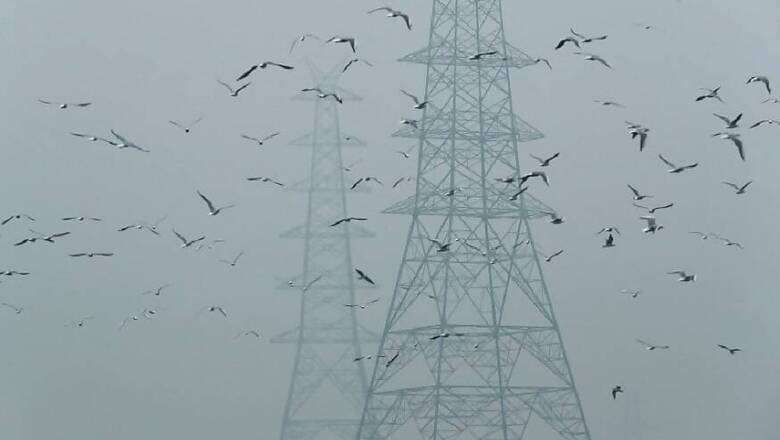
views
A key measure of carbon dioxide emissions in the Earth's atmosphere hit a record in May even as a global pandemic brought the world's economies to a virtual standstill this year, according to U.S. government data published on Thursday.
Carbon dioxide recorded at the Mauna Loa Observatory in Hawaii reached 417 parts per million (ppm) in May, higher than the record of 414.8 ppm set last year, according to the announcement by the National Oceanic and Atmospheric Administration and the Scripps Institution of Oceanography at the University of California San Diego.
The drop in worldwide emissions due to the coronavirus outbreak- estimated to be as much as 26 percent in some countries during the peak of government confinement orders -- fails to cancel out the large natural variations in carbon emissions caused by how plants and soils react to temperature, humidity and other factors, scientists said.
It would take carbon dioxide reductions of 20% to 30% for six to 12 months to slow the rate of increase in the measurements at Mauna Loa, Scripps said in a statement.
Last month, research published in the journal Nature Climate Change predicted that global emissions could fall by up to 7% this year.
"It will decrease the rate of increase of CO2 by a little bit, but it will still be increasing," Pieter Tans, chief scientist at NOAA's greenhouse gas monitoring lab, said in an interview. "So a 10 percent change -- it's even hard for us to measure."
May is the annual peak for the world's carbon dioxide emissions, which are at levels not experienced by the atmosphere in several million years.
Carbon dioxide concentrations at Mauna Loa are documented in a graph known as the Keeling Curve, named for Charles Keeling, who began measurements there in 1958.



















Comments
0 comment